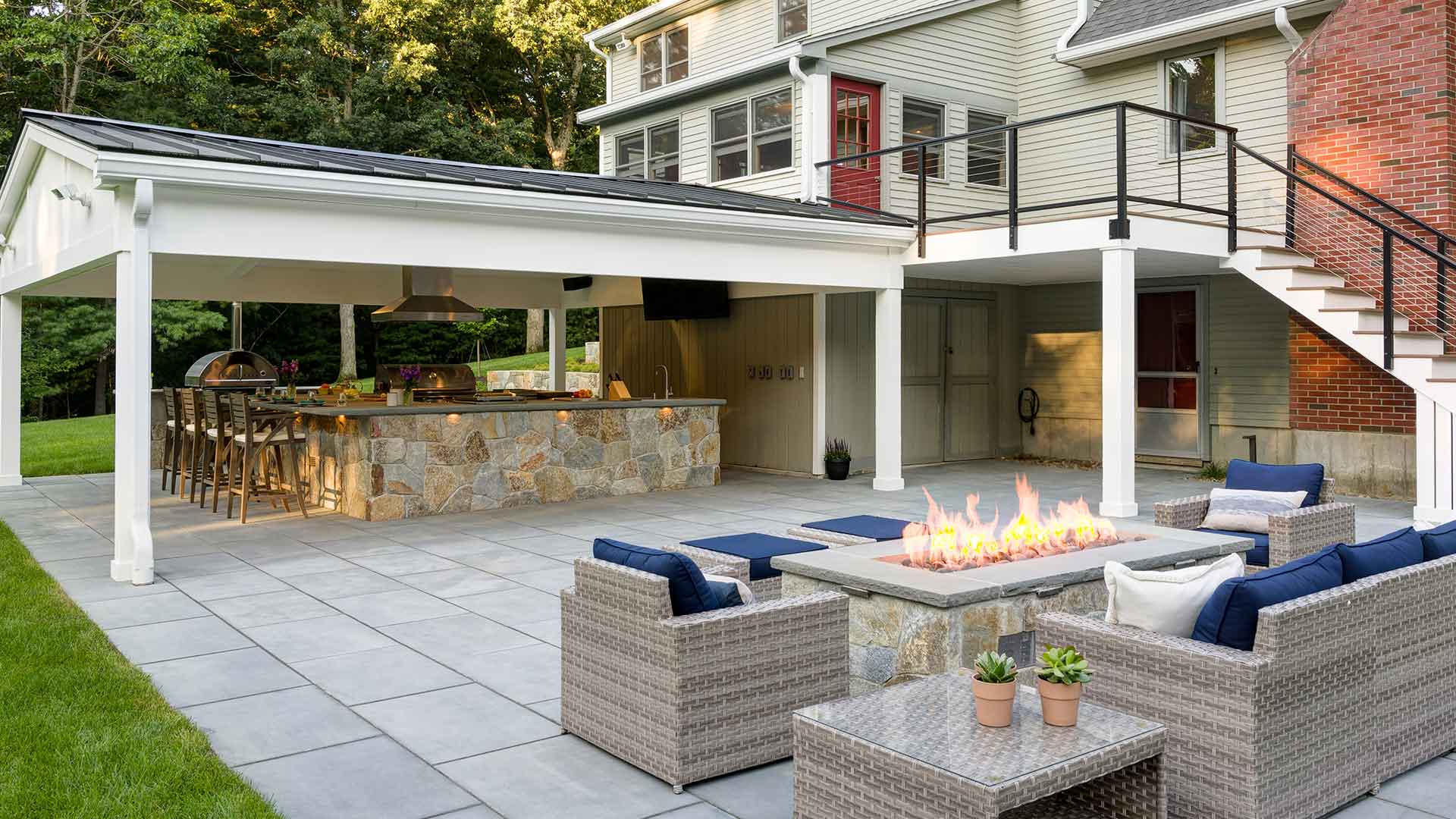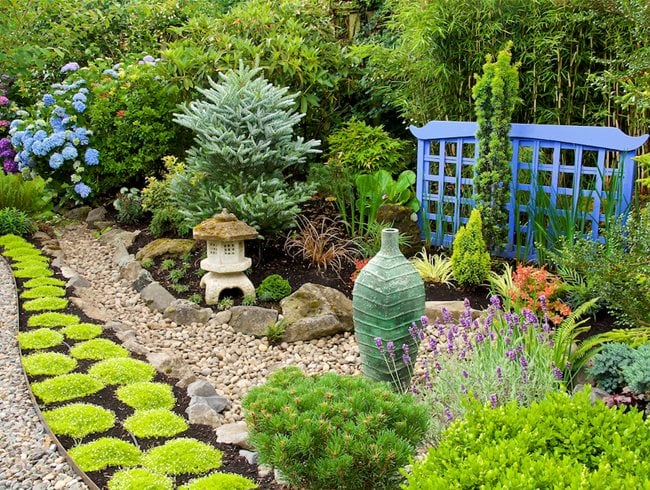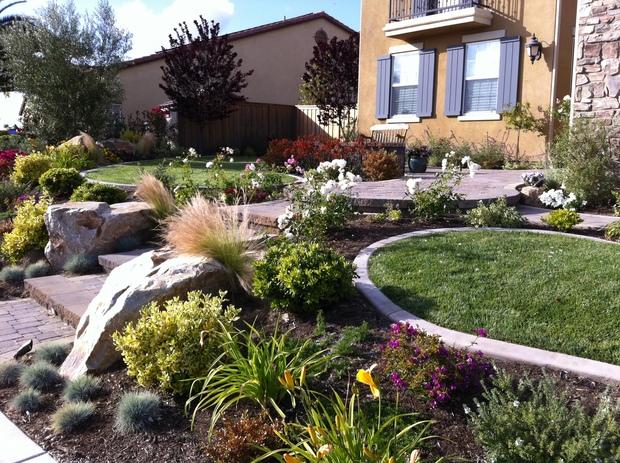The Greatest Guide To Landscapers
The Greatest Guide To Landscapers
Blog Article
Get This Report about Landscapers
Table of ContentsFacts About Landscapers RevealedIndicators on Landscapers You Should KnowUnknown Facts About Landscapers8 Easy Facts About Landscapers ShownThe smart Trick of Landscapers That Nobody is Talking About
Each of these components has a specific function and meaning, and when combined in the best method, they produce a balanced and harmonious landscape - Landscapers. Rocks are taken into consideration the foundation of a Japanese garden. They stand for hills or islands and are purposefully placed to create a feeling of deepness and viewpointIt can take the kind of a fish pond, stream, or waterfall, and its objective is to add motion, noise, and reflection to the landscape. Plants, especially evergreens and deciduous trees, play a necessary duty in developing a Japanese yard. They are very carefully chosen for their shape, shade, and appearance to include passion and contrast to the landscape.
These man-made elements often have spiritual or spiritual value in Japanese culture and are thoroughly placed within the landscape to develop prime focus. Digital Photography by Garrett Chef Desert yards, likewise known as xeriscaping or dry landscaping, grow in dry and drought-prone regions (Landscapers). These gardens showcase plants that have actually expanded accustomed to the warm and dry conditions, making them low-maintenance and water-efficient

They are naturally made use of to the local climate, soil conditions, and wild animals, making them much more resilient and much better fit to thrive in their environment. This design style welcomes the beauty of local plants and fauna, promoting a local color and attaching us to the land we survive. Picture: Christopher Lee Mediterranean yards stemmed in the nations surrounding the Mediterranean Sea, such as Italy, Greece, and Spain, where the climate is warm and completely dry.
The Only Guide for Landscapers
In a Mediterranean environment, the summer heat and aridity are significant difficulties for plant growth. To address this, Mediterranean garden design incorporates elements that provide color, such as pergolas and arbors, to protect plants from straight sunshine during the most popular hours of the day. These structures offer a practical function however additionally include architectural interest to the yard.
To fight this, sprinkling techniques such as drip watering are frequently utilized to guarantee that plants get an ideal quantity of water without losing it. Formal gardens are usually related to grand estates and royal residences, where everything is flawlessly balanced and in line. These yards follow a rigorous geometric pattern, with straight lines and appropriate angles dominating the style.
Using hardscaping elements such as fountains, statues, and pathways is additionally usual in official yards. On the other hand, casual gardens have actually an even more unwinded and natural feeling to them. They are not bound by rigorous rules or geometric patterns, enabling a much more organic format. Informal yards have a tendency to have curved paths, irregularly shaped flower beds, and a mix of various plant species.

A Biased View of Landscapers
The design is so prominent that it doesn't stand out given that so several people have it. The majority of the landscapes across the country are conventional design.
You can find conventional landscape design made use check out here of at the historical homes in midtown Idaho Falls. This design offers a great equilibrium of native and non-native plants.
A modern-day landscape has the most edgy design style. Brilliant colored plants incorporate with bold steel containers and furnishings.
It's not concerning the style of home a landscape fits, yet more the materials it's made out of. While bushes require to be trimmed to maintain their forms, this style of landscape needs much less specialized upkeep.
Unknown Facts About Landscapers
Richer landscape beds with whole lots of shade that call for greater degrees of upkeep and maintenance. A more recent landscape style that's emerged just recently is the rustic modern design.
This design goes finest with homes that are her explanation rustic or contemporary, and it has a good blend of the advantages and disadvantages of those designs detailed above (Landscapers). Uncertain which style suits you ideal? Factoring in maintenance and general design and treatment expenses can assist sway you in one instructions over an additional based on your choices
For one, since materials like stones and rough-hewn timber are so prominent below, they are easy to get. Plants are left to expand more naturally, as in they do not require to be a symmetric, trimmed form. On the other hand, contemporary and home style gardens are generally extra find more information pricey to set up and call for more maintenance.
You can produce an aesthetically pleasing landscape by adhering to these 6 principles of style. There are 6 concepts of design that have actually been used by artists for centuries throughout all art forms, painting and floral style as well as landscape layout. They are: Equilibrium Focalization Simpleness Rhythm and Line Proportion Unity Equilibrium is a state of being in addition to seeing.
All About Landscapers
There are two significant kinds of balance: in proportion and asymmetrical. In proportion equilibrium is used in formal landscapes when one side of the landscape is a mirror image of the contrary side. These landscapes frequently utilize geometric patterns in the sidewalks, growing beds and also just how the plants are pruned into forms.

Each location of the landscape might include a focal point, yet it is definitely not needed. Landscape designers should not overuse focal points.
Keeping landscapes basic, not jumbled or fussy is constantly a great method. This is not the reverse of intricacy. Numerous landscapes have very complex functions, including the architectural design, water features and substantial illumination functions. Landscapes that make people happy and comfy prevent using as well lots of shades, forms, contours and structures, however in no chance does this mean simplistic, uninteresting or absence of creative imagination.
Report this page